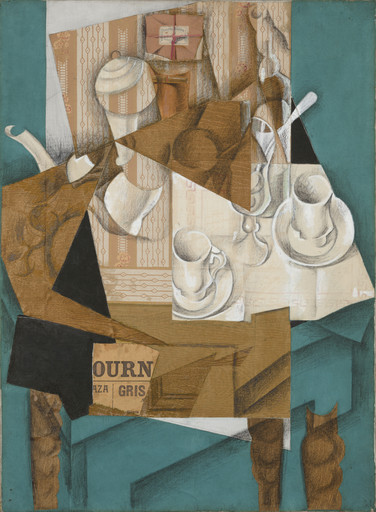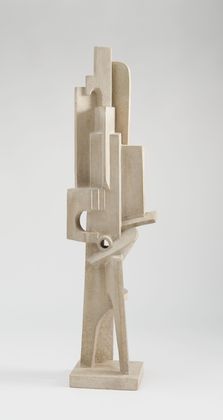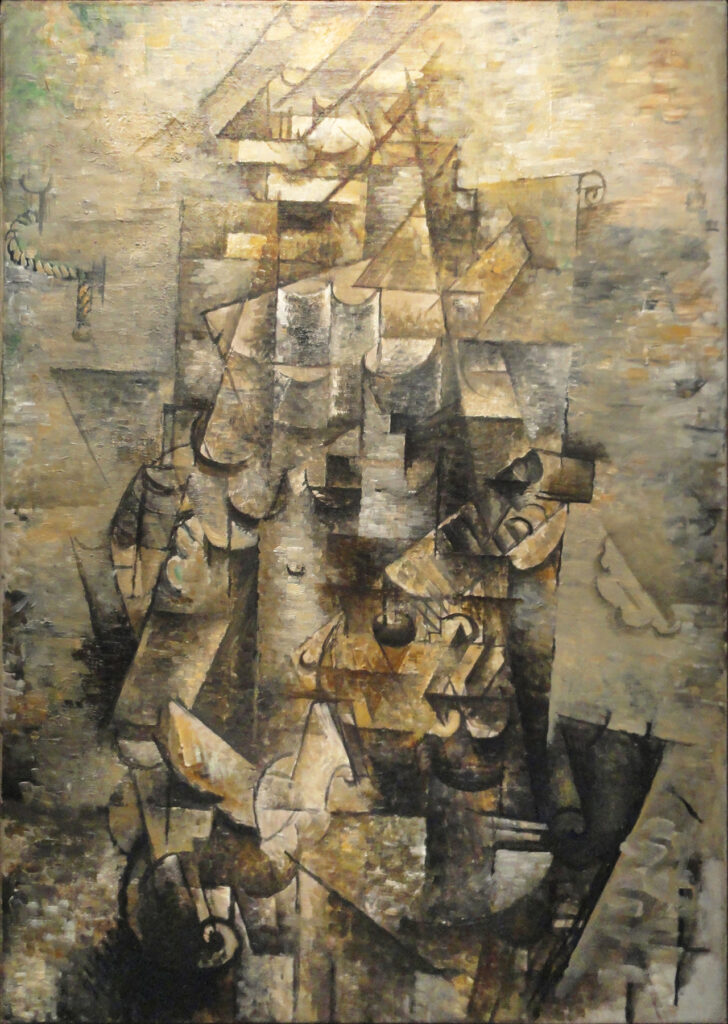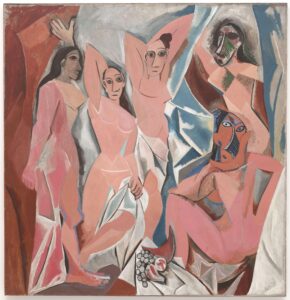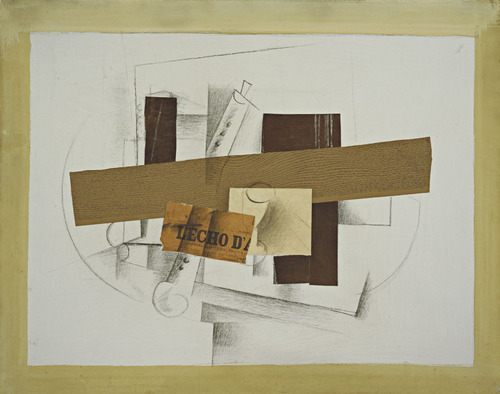
Museum of Modern Art (MoMA). “Pablo Picasso. Les Demoiselles d’Avignon Still Life with Tenora by Georges Braque, 1913, 50.8 cm × 61 cm, oil and collage on canvas, the collection of the Museum of Modern Art (MoMA) in New York
Braque’s “Still Life with Tenora” highlights the continued exploration of everyday objects within the Cubist movement. The painting’s use of collage elements and abstracted forms exemplifies the Synthetic Cubist approach, transforming familiar items into complex compositions.



